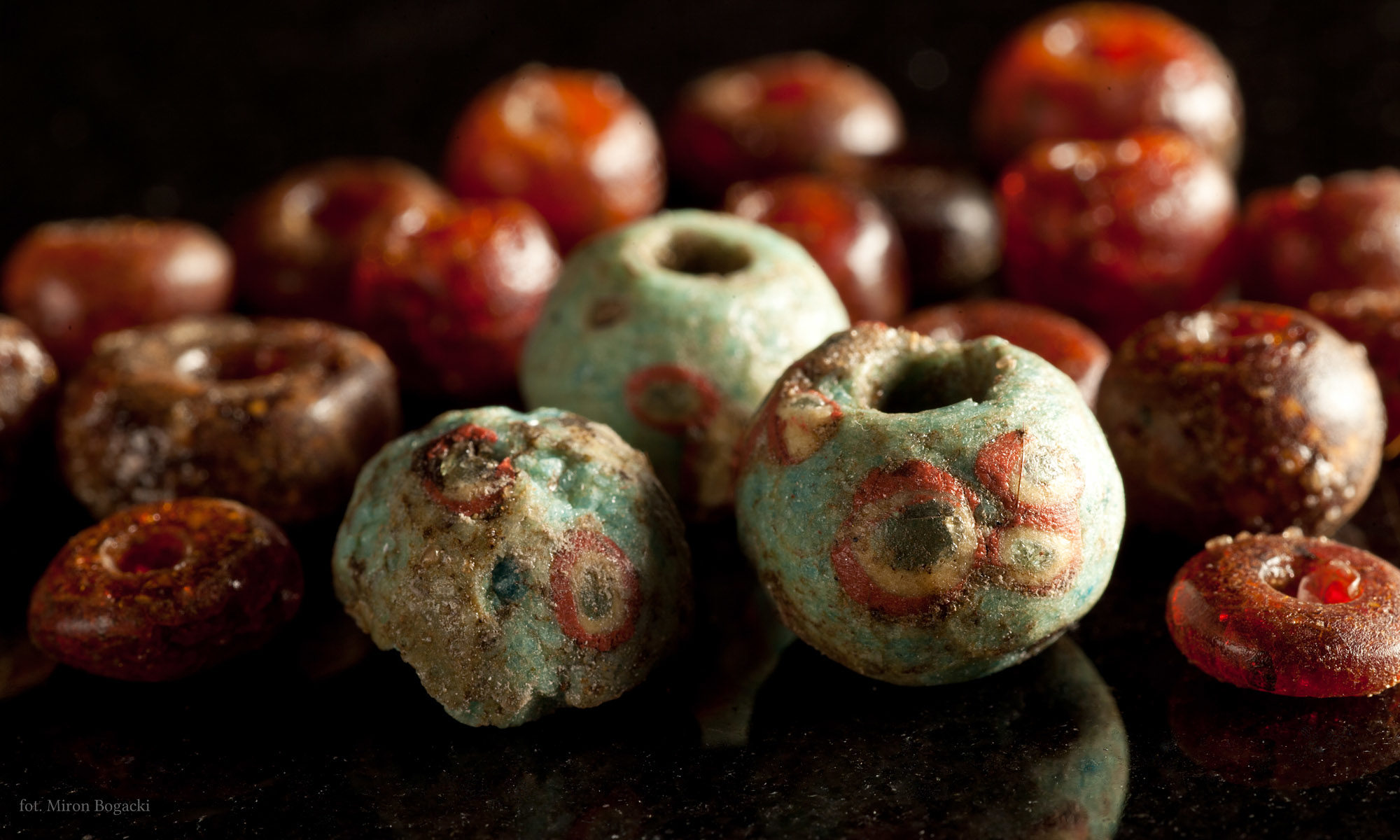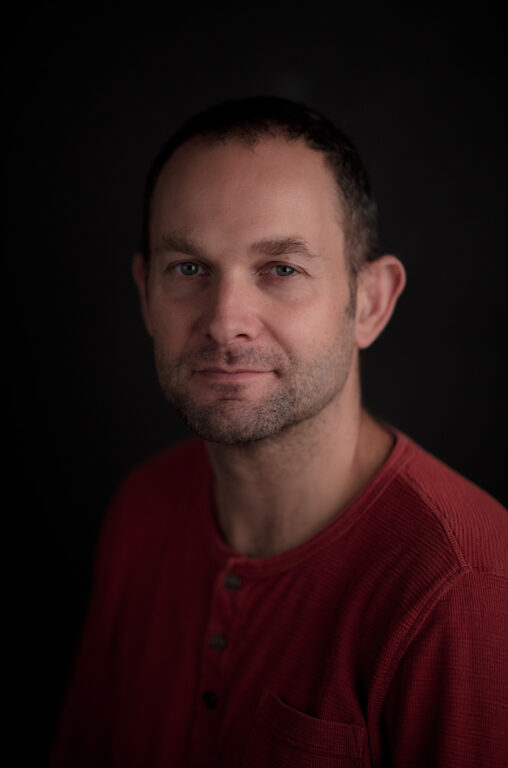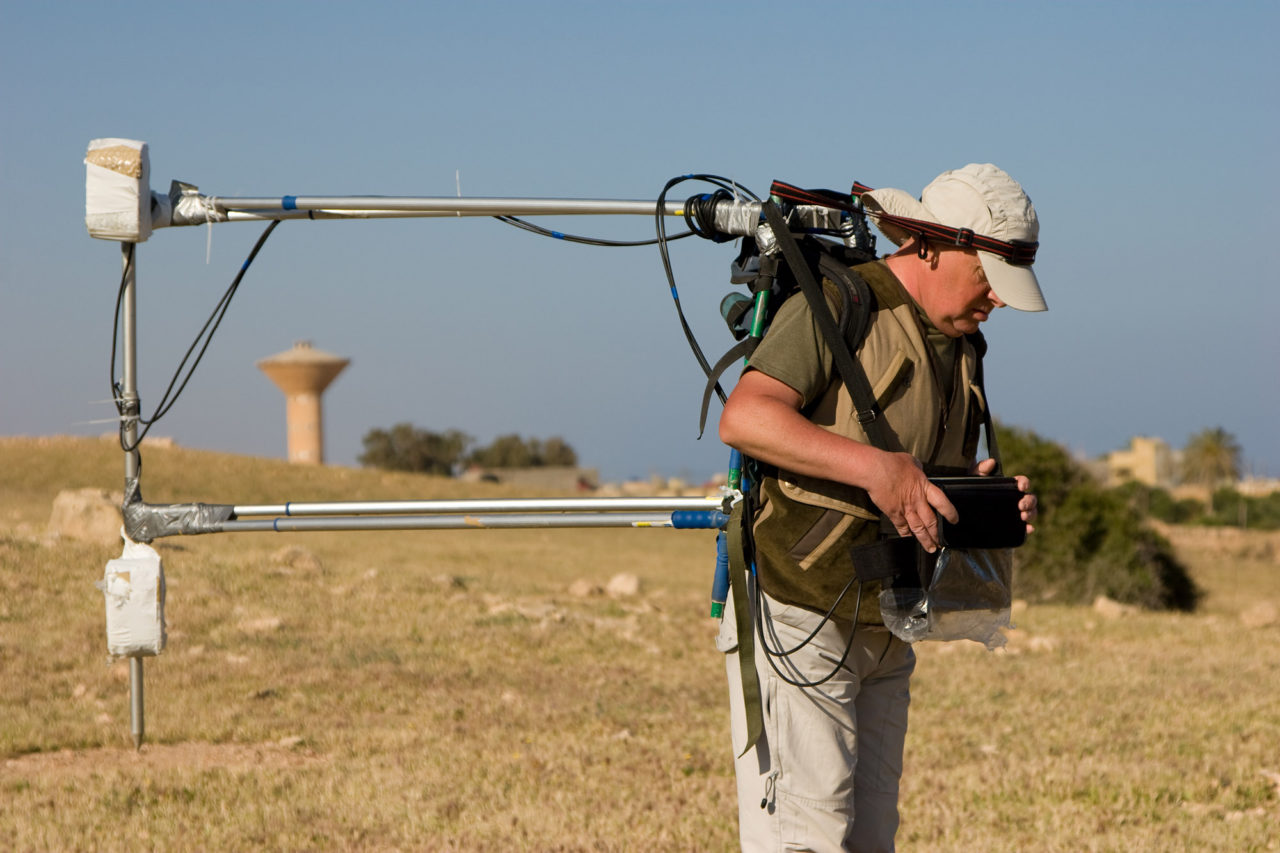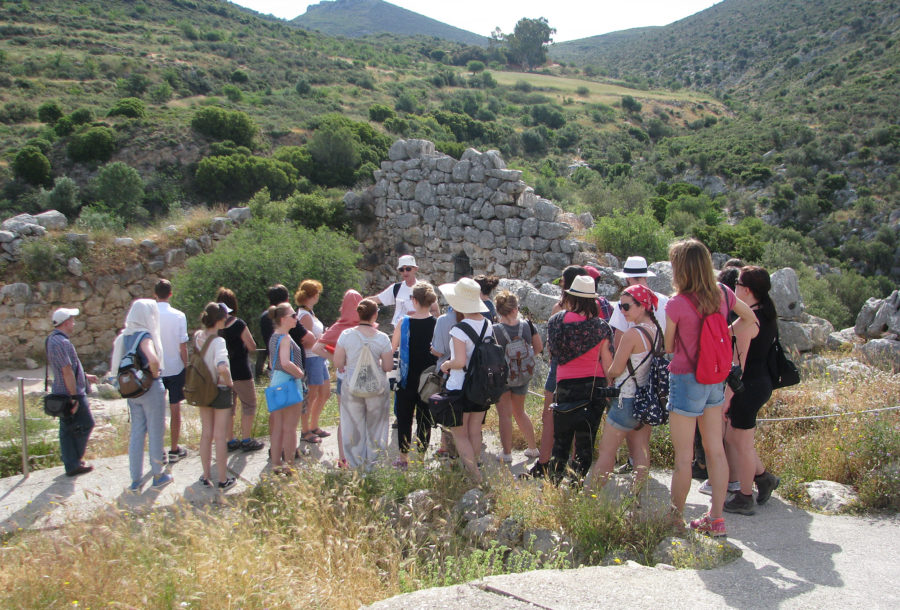Address: 00-927 Warszawa, str. Krakowskie Przedmieście 26/28, , tel. +48 55 22 842, office room 2.15 and 0.30.
Head of department:
dr Michał Przeździecki
Staff:
Prof. dr hab. Karol Szymczak
dr Małgorzata Kot
PhD students:
mgr Natalia Gryczewska
SCIENTIFIC PROJECTS/ RESEARCH
ARCHAEOLOGICAL FIELDWORKS IN UZBEKISTAN
Archaeological fieldworks in Uzbekistan have been conducted by Palaeolithic and Mesolithic Department already for 25 years. Currently we focus on excavating several sites in Katta Sai and Ertash Sai gorges, which are located in Western Tian Shan piedmonts. Breath-taking scenery and unforgettable adventure of travelling through Central Asia accompany us while excavating remnants of late Middle Palaeolithic campsites. Who made them? Was it Neanderthal, Modern human or Denisovan? We try to find it out within next fieldwork seasons.
If you want to find more, please join the lectures of prof. Karol Szymczak about Central Asian archaeology or take part in our fieldworks.
The fieldworks are conducted in a cooperation with Institute of Archaeology, Uzbek Academy of Sciences and Institute of Archaeology and Ethnography Russian Academy of Sciences in Novosibirsk. The project “Multidisciplinary microregional studies of the Middle Palaeolithic in the south-western Chatkal Range (western Tian Shan piedmonts, Uzbekistan)” is financed by National Science Centre (grant No 2017/25/B/HS3/00520).
Publications:
Krajcarz M., Kot M., Pavlenok K., Fedorowicz S., Krajcarz M., Lazarev S., Mroczek R., Radzhabov A., Shnaider S., Szymanek M., Szymczak K., 2016, Middle Palaeolithic sites of Kattasai in western Tian Shan piedmont, Central Asiatic loess zone: geoarchaeological investigation of the site formation and the integrity of the lithic assemblages, Quaternary International, vol. 399, pp. 136 – 150: https://www.sciencedirect.com/science/article/pii/S1040618215007454
Kot M., Szymczak K., Khudzhanazarov M., Sayfullaev B.,Hushvaktov N., Ergashev O., 2015, Kukayaz Revisited. A Problem with Dating the Bifacial Technology in Central Asia, [in:] Coming Back to the Beginnings. In Memory of an Outstanding Archaeologist Vadim Ranov, edited by A. P. Derevianko and M. V. Chunkov, Publishing Department of the Institute of Archaeology SB RAS, Novosibirsk, pp. 215 – 226: https://www.researchgate.net/publication/314245853_Kukayaz_sites_revisited_A_problem_with_dating_the_bifacial_technology_in_Central_Asia
Derevanko A. P., Lazarev S. Yu., Pavlenok K. K., Sneider S. V., Szymczak K., Kot M., Ralzhabov A., Khudzhanazarov M., 2014, UtochnenyestratigraficheskoysituatsiinapaleoliticheskoystoyankeKattasai (Tashkentskaya oblast, Uzbekistan), Ethnography, Anthropology of Siberia and Cross-Border Regions, vol. XX, pp. 32 – 35, article in Russian/.
Kot M., Pavlenok K., Radzhabov A., Sneider S.,Szymczak K., 2014, Katta Sai: a Palaeolithic site in the Tian Shan piedmont, Uzbekistan, Central Asia, Antiquity, vol. 88, issue 340: https://www.antiquity.ac.uk/projgall/kot340
Derevanko A. P., Islamov U. I., Pavlenok K. K., Shnayder S. V., Szymczak K., Kot M., Radzhabov A., Lazarev S. Yu., 2013, PredvaritelniyerezultatiissledovaniyastoyankiKattasai (Uzbekistan) v 2013 godu, ProblemiArckeologii, Etnografii, AntropologiiSibiriiSopredelnikhTerritorii, tom XIX, pp. 60 – 65 /article, in Russian/.
“SCAR PATTERN” PROJECT
In the Palaeolithic and Mesolithic Department we are currently conducting a projectconcerning testing methods of stone artefacts analyses. A new method of analysing mostly bifacial stone artefacts, aims at reconstructing the history of production/knapping certain tool. It based on following the chronology of scars visible on a surface of the tool. Although the method is used more more often, the analysis has been never comprehensivelytested. Therefore nowadays we are not able to determine how big is an observatory or the method’s error. Our project aim at testing this analysis which is called „scar pattern analysis” comprehensively. We knapped the copies of stone artefacts; the group of participant makes the analyses of the knapped tools and we check the results by using the method of refittings. As simple as that. If you would like to take part in the project, you can join our classes on Methods of stone artefacts analyses or simple contact the Departmentcrew.
The project „Scar pattern analysis method. Testing the procedures” is financed by National Science Cente (grant No 2016/21/D/HS3/02665).
CAVES IN SĄSPÓW VALLEY
It is the biggest project conducted in our department, which aims not only to fulfil the research tasks but also to create a new, interdisciplinary research team. The project concerns analysing and publishing the unpublished results of archaeological fieldworks conducted in the second half of XX century by prof. WaldemarChmielewski in 12 caves located in Saspów Valley in Polish Jura. Beside analysing the artefacts found during old excavations, we plan to reopen trenches in several caves in order to check the stratigraphy and collect samples for geological, paleontological, palinological, atracological and other analyses.
The cave under research shows traces of settlement starting in Middle Palaeolithic up to modern Ages. Each opened box with artefacts brings a surprise.Why the child in TunelWielki cave was buried with a finch’s skull in its mouth? Why the Pottermanrockshelter was such a good place to put a potter man workshop there? Who occupied Koziarnia cave during Middle-Upper Palaeolithic transition? Was the newborn found in Bramkarockshelter buried in Mesolithic? Who made the charcoal piles next to the Kamienisterockshelter? Our research team of 22 researchers tries to find out the answer on those and few dozens other questions?
The project „ Settlement of the Sąspów Valley from Palaeolithic up to Modern times- elaboration of the unpublished fieldwork results of prof. WaldemarChmielewski” is financed by National Science Cente(grant No 2016/22/E/HS3/00486).
STEFAN KRUKOWSK AND HIS MONONGRAPHY BOOK OF GVARDJILAS KLDE CAVE
100 years ago in 1916 Stefan Krukowski was one of the first archaeologist conducting archaeological fieldworks on Palaeolithicsite in territory of Georgia. He worked in theCaucasian Museum in Tbilisi for the moment and till the end of the I World War he managed to analyse the collection of app. 30 000 Upper Palaeolithic artefacts which he collected during the two months of fieldworks in Gvardjilas Klde cave in Imereti region. While leaving Tbilisi in 1918 S. Krukowski had the manuscript of the monographybook ready for publishing. Unfortunately the book was never published.
100 years later in a cooperation with National Archaeological Museum in Warsaw where the manuscript is stored, we work on publishing the book. The work is not easy at all because all the plates with original drawings are lost. The only material we have is a manuscript written in Russian, part of the French translation and the fieldwork diary made by Krukowski during excavations. Luckily thanks to Georgian National Museum in Tbilisi we had opportunity to study the original collection of artefacts. The book will be published in Polish, Georgian, Russian and English at the beginning of 2019.




